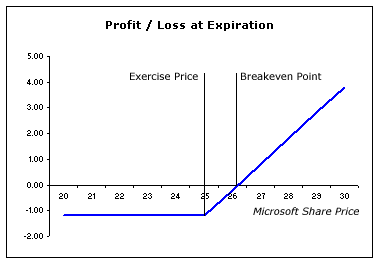Most commentators prefer to couch the Andhra Pradesh split in emotive terms – the people of Telangana thought they were being treated in an inferior manner by the people of Andhra, and hence wanted to break away to form a separate state, and that the people of the Rest-of-Andhra (RoA) did not want the split because of reasons of Telugu pride. This is wrong, and over-complicates the issue.
Insight: When something can be explained with simple economic reasoning, looking for other (emotional/psychological/social/…) reasons is futile.
Telangana is the region of Andhra Pradesh that had been part of the Hyderabad state (RoA was part of the Madras Presidency). Due to differing standards of governance in the “Provinces” and the “Princely States”, at the time of independence, Telangana was backward compared to RoA. It didn’t help matters that Telangana was at the receiving end of brutality by the Nizam’s Razakars during the year or so when Hyderabad state was not yet part of India.
Given the vastly differing levels of development in Telangana and RoA, and the differing cultural backgrounds, I’m not sure it made economic sense to unite them in the 1950s. Potti Sriramulu’s fast and subsequent death, however, turned the issue emotive, and there was no room for rational reasoning. And a united Andhra Pradesh was created in 1956. In any case, it was consistent with the mantra of the day to have linguistic states – administrative unwieldiness be damned.
Unless there is a concerted effort, in the natural order of things, when you have a rich part and a poor part of a particular state or country, the rich part can be expected to grow faster than the poor part – no malice here, it is simple network effects. Andhra Pradesh was no exception to this rule, and soon Telangana was much more backward than RoA.
The state splits in 2000 when Uttarakhand, Jharkhand and Chhattisgarh were formed shows that richer parts of states usually don’t mind letting go of the poorer parts. This is especially true if there is a feeling that taxes collected predominantly from the richer parts are being used to disproportionately fund the poorer parts. There might be some emotional attachment, but economics usually rules. Then, why is it that there is so much opposition to hiving off the poorer parts of Andhra Pradesh?
Andhra Pradesh has this unique situation where the capital city (and by far the biggest city) Hyderabad is located in the poorer portion. Hyderabad being the capital city saw significant investments from people from all over Andhra Pradesh, including RoA. A significant portion of RoA investment in Hyderabad is in real estate. Now, with real estate regulation being a state subject, people normally don’t want to hold too much real estate investment outside of their home states – since they will have no control over the politics of those states. So RoA investors are freaking out that their long-term investments in Hyderabad will soon be in a different state.
In a situation such as this, prudent investors might want to pull out (rather than risk their capital in a neighbouring, and possibly hostile, state). However, the problem is that none of the investors want to set off a downward price spiral in Hyderabad. Think of the situation as one where investors from RoA are invested, but know other investors are wanting to pull out any time. But you don’t want to start the process of pulling out, since that can reduce the value of your other holdings. So you stay invested. And hope that the bubble will never burst.
The attempt by people of RoA to hold on to Telangana (Hyderabad, specifically, they don’t really care about the rest of Telangana), is an attempt to save their capital locked up in investments in Hyderabad. If Andhra Pradesh doesn’t split, nobody from RoA will want to pull out their capital from Hyderabad, and the drop in value won’t happen.
It must be pointed out here that the Congress Party’s solution of having Hyderabad as a joint capital for a number of years is unlikely to be much compensation, if Telangana holds jurisdiction over Hyderabad territory anyway. The capital of RoA investors in Hyderabad will still be under risk in that case. The other option proposed was to make Hyderabad a Union Territory, but that wouldn’t help either – since the influence of RoA in the politics of Hyderabad would still be minuscule.
To summarize, the reason RoA doesn’t want to let go of Telangana is because they don’t want to lose political control over their own investments – in the city of Hyderabad. Issues such as “state pride” and “Telugu pride” are secondary – they have been drummed up just to get the support of the non-elite who may not be economically affected by the state division. In fact, if Telugu pride were so important why in the first place would the Gults of Telangana want a separate state?
From a policy standpoint, it is important to not let the discourse of language pride get into the way of forming smaller states. The only reasons that should matter should be economics and administrative efficiency.




